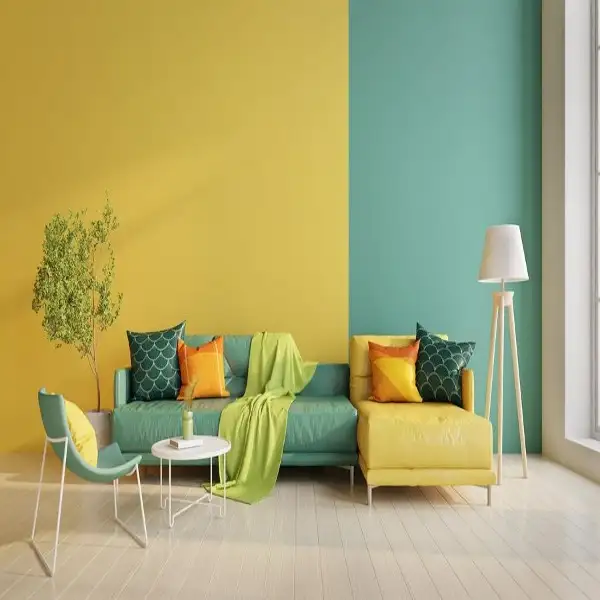Cafe vs Restaurant: What’s the Difference
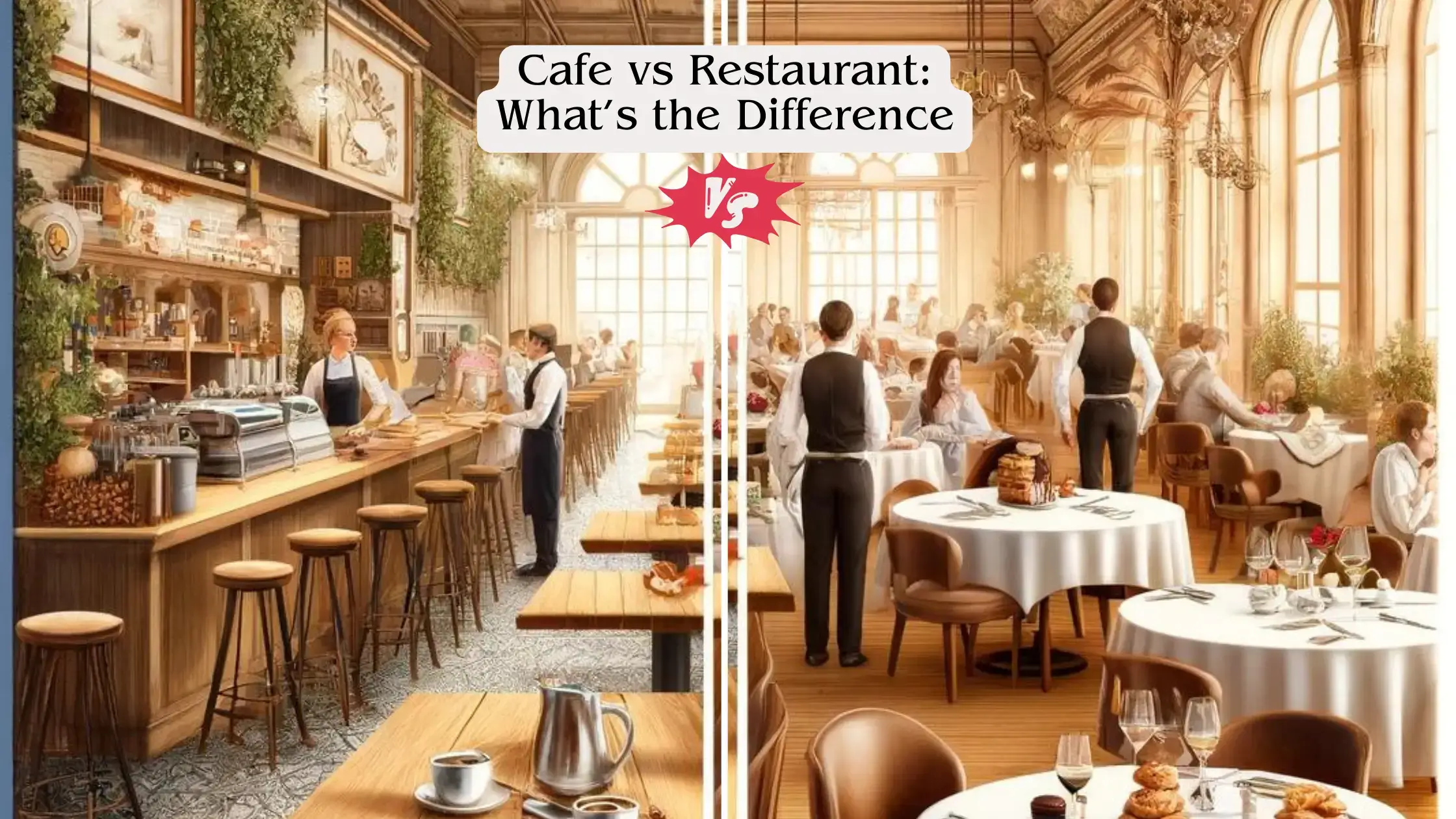
Cafe vs Restaurant: What’s the Difference
Ever considered the difference between a cafe and a restaurant? In the world of dining, these terms usually aren’t clear. But they’re unique in their ways. This blog post is your guide to steering these distinctions.
Why does it matter? For customers, it’s about delivering the right expectations. It allows you to expect the service, menu, and atmosphere when deciding on a dining spot. For aspiring entrepreneurs desiring to open a dining institution, this knowledge is important. It can guide your decisions about the nature of your venture.
What can you expect from this blog post? We’ll journey through the definitions, origins, key traits, and varieties of both cafes and restaurants. We’ll highlight the differences in atmosphere, decoration, menu offerings, service style, and operating hours. So, let’s get started.
What is a Cafe?
Coffee is the mainstay of the cafe. The menu includes espressos, lattes, and cappuccinos, as well as cold drinks, cookies, and light meals. Who invented the phrase “cafe”? The cafe is a French term and has been in existence since the 17th century.
VISIT FOR MORE:: palang ka design
The first coffee was spread in Istanbul in the 15th century as a neighborhood hub, where people met for coffee, conversation, board games, and music. In the 17th century, Venice, London, and Paris spread their first coffeehouses.
Key Characteristics of Cafes
What sets cafes aside? It’s the feeling. Casual, comfortable. Customers can sit back, and relish their food and drinks at their leisure. Comfort is key. Sofas and armchairs encourage customers to stay for a while. The menu? It’s usually limited, and less sophisticated than a restaurant. Coffee, tea, pastries, sandwiches, a few major dishes. The decoration adds to the magnetism. Bookshelves, artwork, and soft lighting make a comfortable, relaxing atmosphere.
Popular Types of Cafes
Cafes come in all shapes and sizes:
- Traditional cafes: The classics. They serve a variety of coffee drinks, pastries, light meals. The atmosphere? Cozy, relaxed.
- Internet cafes: Need to surf the web? These cafes provide computers with internet access. They charge by the minute or hour. Coffee and snacks are usually on the menu.
- Themed cafes: These cafes march to their beat. They’re designed around a specific theme. Could be an era, a culture, or a concept. The decor, menu, and staff attire – all reflect the theme.
- Book cafes: For the bookworms. These cafes combine a bookstore or library with a cafe. Customers can read while they sip their coffee.
What is a Restaurant?
A restaurant is a business that designs and provides food and drinks to patrons. Meals are typically consumed on-site, but many also have take-out and delivery options. The term “restaurant” emanates from the French “restore,” originally applied to a healthy soup in the 18th century. This concept swiftly spread globally, shaping the modern restaurant industry.
Key Characteristics of Restaurants
Restaurants recognize themselves with superior dining experiences compared to cafes. They have diverse menu choices including snacks, mains, desserts, and beverages. Service is generally formal, with waiters obeying orders and table service. The atmosphere leans towards premier, featuring decor, table sets, and overall expression.
Popular Types of Restaurants
Several restaurant types offer options for various preferences:
- Fine dining restaurants: Recognized for top-tier food and service, emphasizing luxury and exhibition, often mandating reservations and sticking to dress codes.
- Casual dining restaurants: Delivering relaxed environments and reasonably priced meals, with table service and comfortable decor.
- Fast food restaurants: Known for fast service, delivering inexpensive, quickly prepared meals, usually ordered at a counter.
- Cafeteria-style restaurants: Customers help themselves with displayed dishes, common in various settings.
- Food trucks and street food Vendors: Mobile vendors deliver convenient, usually specialized cooking from trucks or carts.
Key Differences Between a Cafe and a Restaurant
Ever thought about how cafes and restaurants vary? They both have food and drinks, but that’s where the similarities conclude. Let’s dive into the cafe vs restaurant differences;
Difference in Ambiance and Decor
Cafes? Consider casual, and relaxed. Comfortable seating like sofas, and armchairs. Decor? It’s restful and homely. Bookshelves, and artwork – a charming touch.
Restaurants, on the other hand, have a more opulent environment. They are luxurious and sophisticated.
VISIT FOR MORE:: hotel lobby furniture
Differences in Menu Offerings
Cafes emphasize coffee and hot beverages. They also offer cold drinks, pastries, and light meals. The menu? It’s limited and less formal.
In restaurants, you can order anything from appetizers to main courses to desserts. The food is more complex and needs more preparation.
Difference in Service Style
The service style in cafes is casual. At the counter, customers place their orders and sit down for them to be prepared. Some cafes even have self-service, especially for pastries, and baked goods.
Restaurants? They offer table service. The staff takes orders and serves food at the tables. The service is more formal, and attentive.
Difference in Operating Hours
Cafes open early and cater to the breakfast crowd. They usually stay open until late afternoon. Some, especially in urban areas, stay open until late evening. There are restaurants open for lunch and dinner. Some offer breakfast. They often stay open until late at night, especially on weekends.
Final Take
Cafes and restaurants, both food and drink havens, offer unique experiences. Cafes? They’re all about casual vibes and coffee. Perfect for a quick snack or a laid-back chat. Restaurants? They’re more formal. They boast a wide menu. Knowing these differences is key. It can elevate your dining experience. Planning to open your place? This knowledge is invaluable. So, whether you’re a food lover, a coffee enthusiast, or a developing entrepreneur, comprehending what puts a cafe differently from a restaurant is a game-changer.
READ MORE:: The Psychology of Restaurant Interior Design
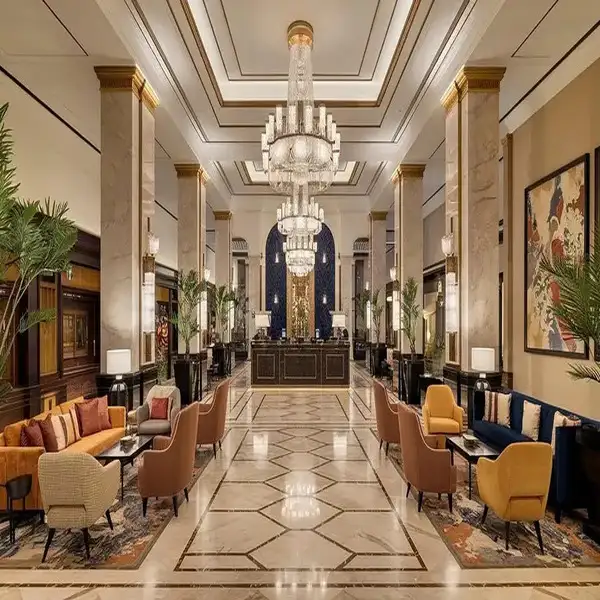
Hotel Furniture
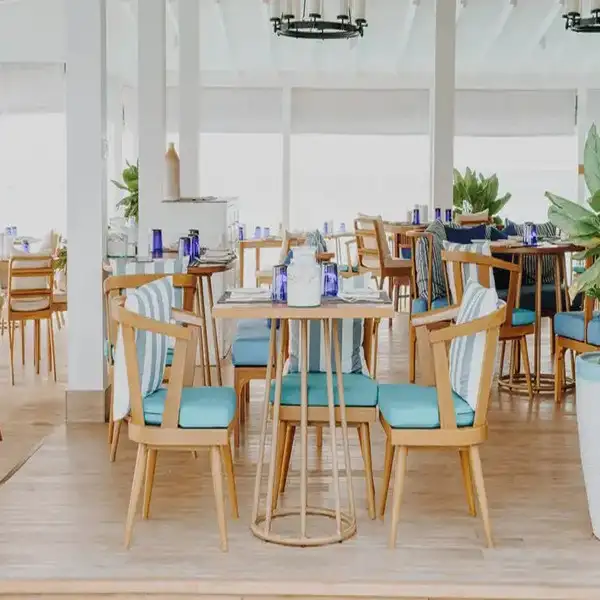
Restaurant Furniture
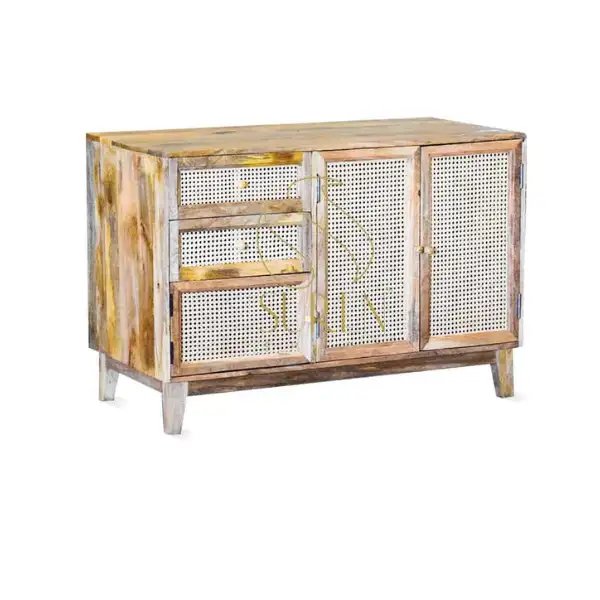
Hotel Bathroom Furniture
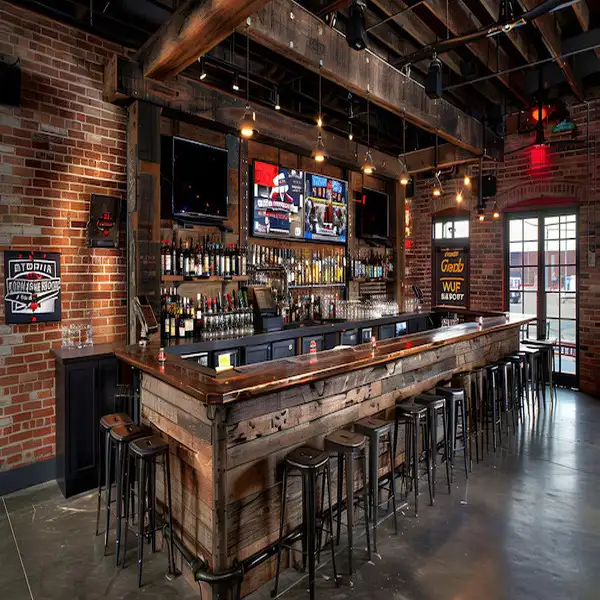
Industrial and Rustic Furniture
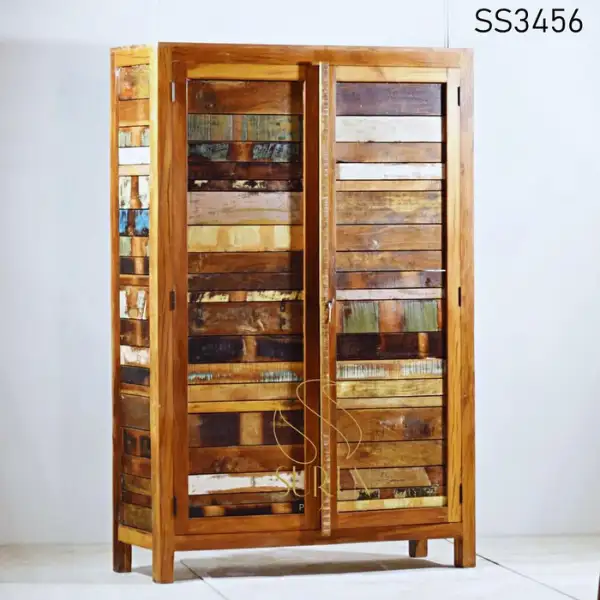
Reclaimed and Recycled Furniture
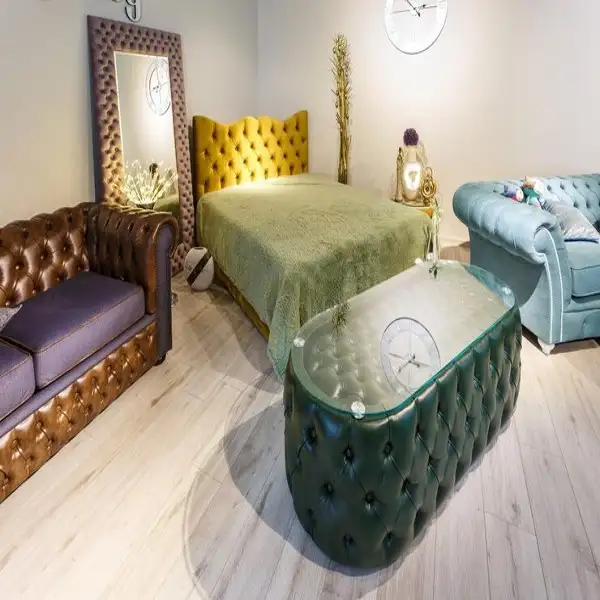
Leather and Upholstery Furniture
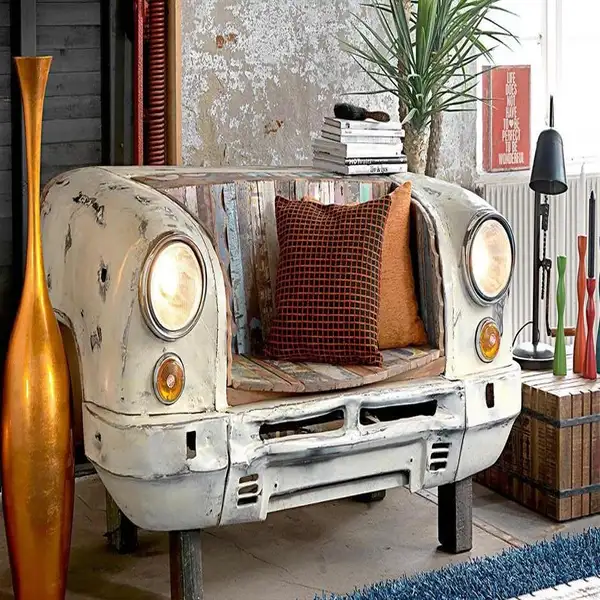
AUTOMOBILE | AUTOMOTIVE FURNITURE
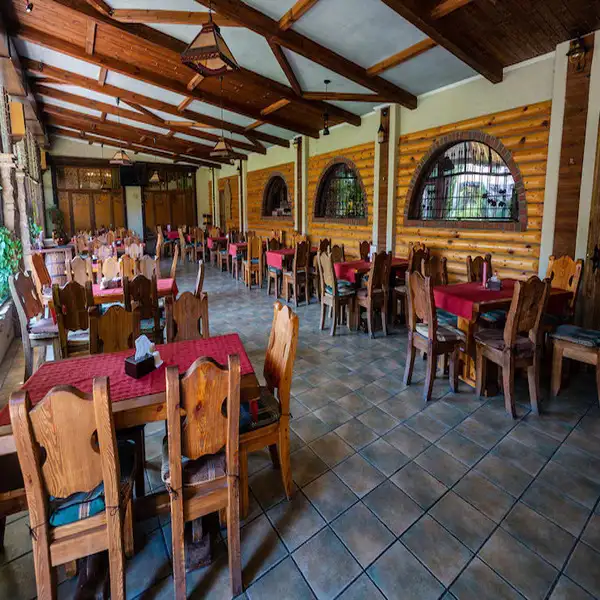
Curved, Carved & Bent Furniture
